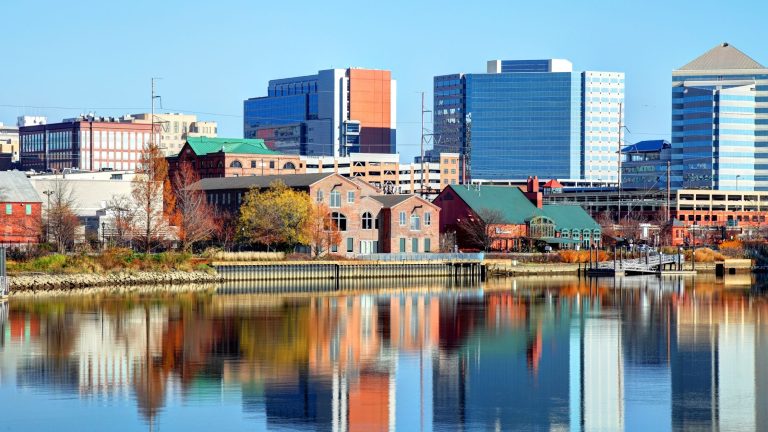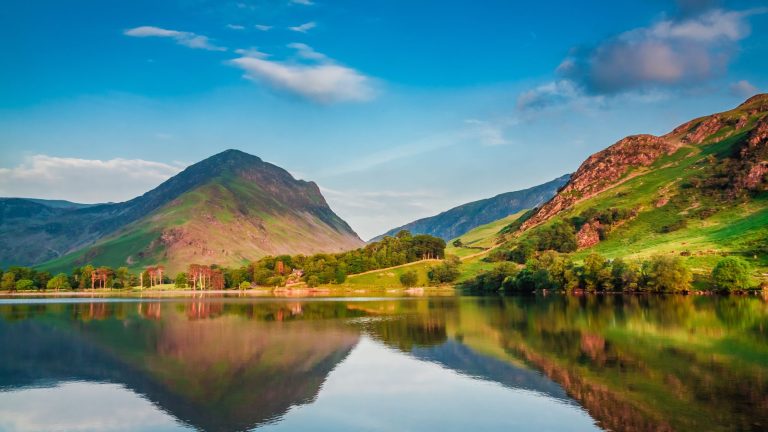Embracing the glow of a beach bonfire creates a tapestry of memories, where laughter mingles with the symphony of the ocean’s waves. Envision the sun dipping below the horizon as you bask in the warmth of your own beachside fire. Remember, the beauty of this scene hinges on our collective responsibility to nature—always opt for designated fire pits when you can minimize ecological impact.
As you prepare for this coastal escape, awareness is key. Picture the serenity of the Oregon coast or the sprawling shores of California, where the sands welcome bonfires in their embrace. If your journey takes you to Ocracoke Island or Cocoa Beach, mind the rules—permits or ferry rides might be part of your adventure. Before you light the match, make sure you’re up to date on local guidelines and that your fire leaves only memories, not traces.
Beach Bonfire Key Takeaways
- To safeguard nature, utilize designated fire pits and adhere to local beach bonfire regulations.
- Research beforehand is crucial, as regulations and necessities, like permits, vary by location.
- Properly constructing and extinguishing your bonfire ensures a memorable and responsible beach experience.
Picking the Perfect Beach Spot

Ready to soak up the soothing crackle of a beach bonfire? Before you grab your matches, let’s ensure we find you the ideal spot to light up the night responsibly. Here’s a quick guide:
-
Check Local Rules: Before anything else, does your beach welcome bonfires? Scour for signs, ask the friendly local lifeguard, or hop onto the park’s online portal. Look for sections like “Alerts” or “Regulations” — they’re goldmines for what’s hot and what’s not!
Pre-Designated Fire Rings: Got fire rings at your beach? Jackpot! These are made just for your fiery evening. If they’re missing, aim for a patch above the high tide’s reach — the line made by seaweed and driftwood is your clue.
Safety First: Keep your bonfire away from brushes and overhanging trees. Safety can make or break your beachy bliss.
So, have you pictured where your bonfire throne will be? Keep it fun and safe, and let those flames dance away into the starry night!
Fire Pit Construction: A Beachgoer’s How-To
Ready to craft a fire pit that’s beach-friendly? Let’s get to it:
- Choose the Right Spot: Look for a three-foot area that can be your fire HQ.
- Dig In: Carve out several inches of sand from the center to create your pit.
- This makes the base wet (goodbye, fire-spreading worries!).
- A dug-in pit means less wind hassle for your flames.
- Elevation Strategy: A lower pit shields your fire better.
- Rocky Reinforcement? If rocks are around, a fire ring could be your wind blocker.
Before you start, remember:
- Check Rules: Are permits needed? Can you reserve fire pits or rings?
- Embrace ‘Leave No Trace’: Whatever you alter, be prepped to undo.
Collect Wood

Ever stumbled upon a quiet beach and spotted driftwood lining the shore? That’s nature’s bounty for your bonfire right there. Or maybe you’re near a forested area by the beach? Lucky you, because fallen twigs and logs are prime fire-starters. Here’s what you should gather:
- Kindling: Look for dry leaves, pine needles, or bark from downed trees.
- Small Sticks: Ideal for getting your blaze going.
- Larger Logs: For a fire that lasts beyond the first flicker, seek wood pieces 125+ in size.
Build a Structure
Building a resilient fire structure is key when you’re by the seaside, with the log style being a top choice to withstand those gusty beach breezes.
- Start with a base layer of kindling—twigs, dried seaweed, or grass.
- Place two smaller sticks parallel to each other over your kindling.
- Create a top layer by positioning another two sticks perpendicular to the first pair, forming a square.
Continue layering sticks, alternating the direction with each level, much like constructing with Lincoln Logs. This method creates a stable base and facilitates good air circulation for your bonfire. Keep it steady and several inches tall for an ideal structure.
Once you’ve got your structure ready to go, light the match and enjoy your cosy beach bonfire!
Frequently Asked Questions

Can I have a bonfire on any beach?
No, not all beaches allow bonfires. It depends on local regulations and specific beach rules. Always check with local authorities or the beach’s official website for information.
Do I need a permit for a beach bonfire?
In many places, you do need a permit. Permits can often be obtained through local government offices, parks, and recreation departments. The requirements and process for obtaining a permit vary by location.
What materials are safe to use for a beach bonfire?
Use dry, seasoned wood. Avoid using materials like treated wood, painted wood, or any wood with nails or other hardware. Do not burn trash or any non-wood materials.
Are there any restrictions on the size of beach bonfires?
Yes, most beaches that allow bonfires have size restrictions. The size limit is often specified in the regulations provided when you obtain a permit. Common limits include the height and diameter of the fire.
What should I do with the ashes after the bonfire?
Allow the ashes to cool completely before attempting to dispose of them. Most places require you to leave the ashes on the beach, spread out, but some may have designated disposal areas. Always follow local guidelines.






